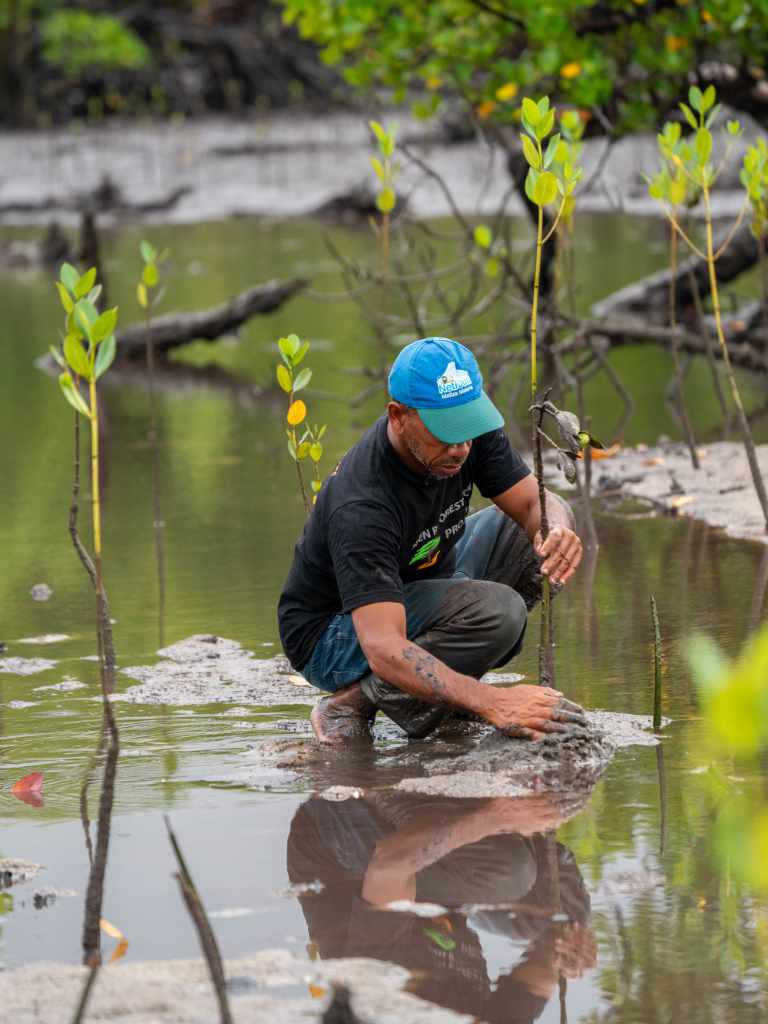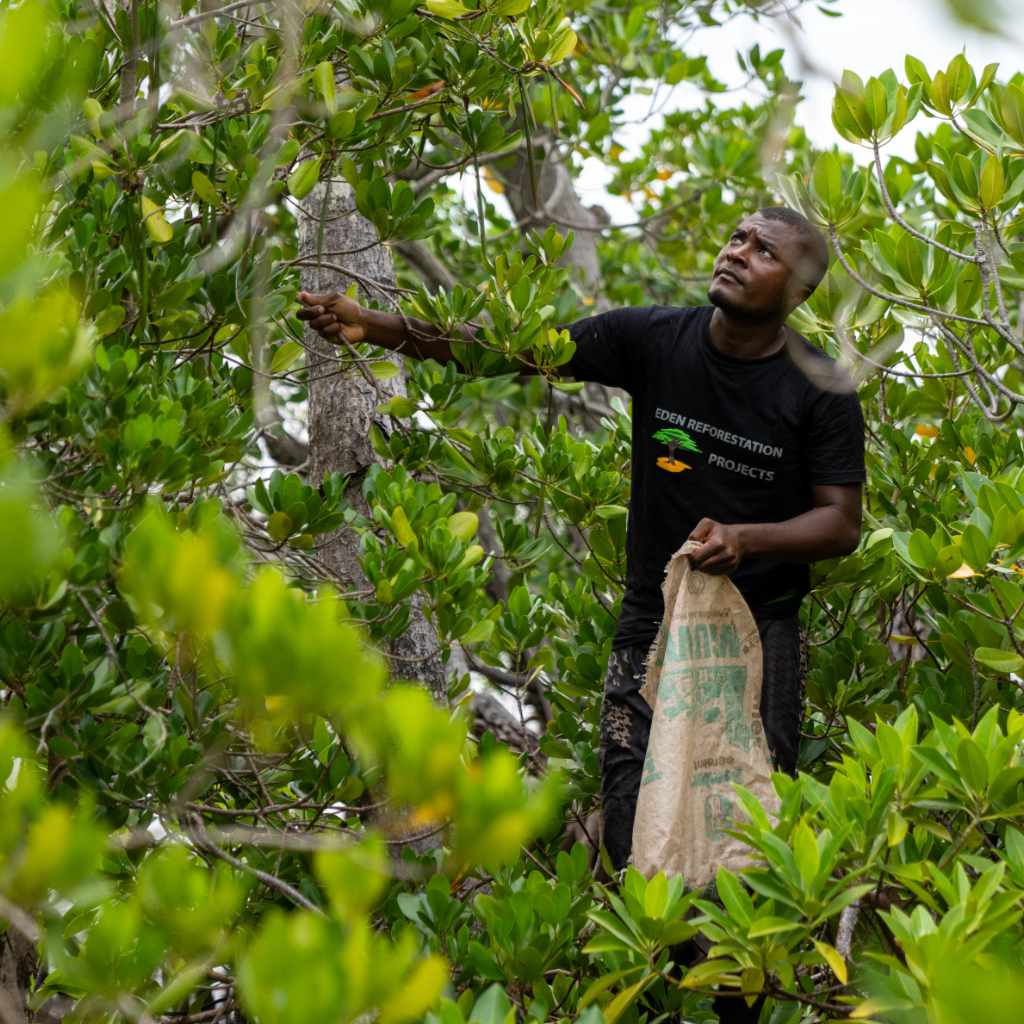
Our Projects
Lamu County Mangrove Restoration Initiative
Project Overview
The Lamu County Mangrove Restoration Initiative represents Eden’s significant accomplishment in restoring Kenya’s largest continuous mangrove habitat. From 2020-2024, this 154,000+ hectare project demonstrated our capability to integrate mangrove restoration, inland forest protection, and community development across multiple ecological zones.
The initiative successfully restored 1,120+ hectares while developing innovative restoration techniques that could be applied to future carbon-eligible mangrove projects. Our comprehensive approach, including buffer zones, wildlife corridors, and sustainable livelihood development, established a proven model for landscape-scale restoration.
While implementation concluded in 2024 due to Eden’s strategic shift toward carbon-eligible landscapes, the project’s achievements and methodologies remain valuable assets. The demonstrated carbon storage potential of mangrove ecosystems (3-5 times that of terrestrial forests) and established community partnerships provide key foundations for potential future carbon project development in similar coastal landscapes.
Ecosystem
The Lamu landscape represented a pioneering effort in integrated coastal-inland ecosystem restoration, demonstrating Eden’s capacity to work across complex ecological zones. The project area encompassed Western Indian Ocean mangroves, which housed 8 of Kenya’s 9 mangrove species and demonstrated exceptional carbon storage potential (3-5 times higher than terrestrial forests). These attributes, combined with the successful restoration of 1,120+ hectares, provide valuable insights for future carbon-eligible projects.
The initiative spanned crucial portions of the Zanzibar-Inhambane coastal forest, addressing challenges like unsustainable harvesting and agricultural expansion that had claimed 112,000 hectares of tree cover (2001-2019). Though implementation concluded in 2024, the project’s accomplishments in protecting endemic species like Euphorbia tanaensis and supporting diverse wildlife corridors offer proven methodologies for developing carbon-eligible landscape restoration initiatives that balance ecological restoration with community needs.
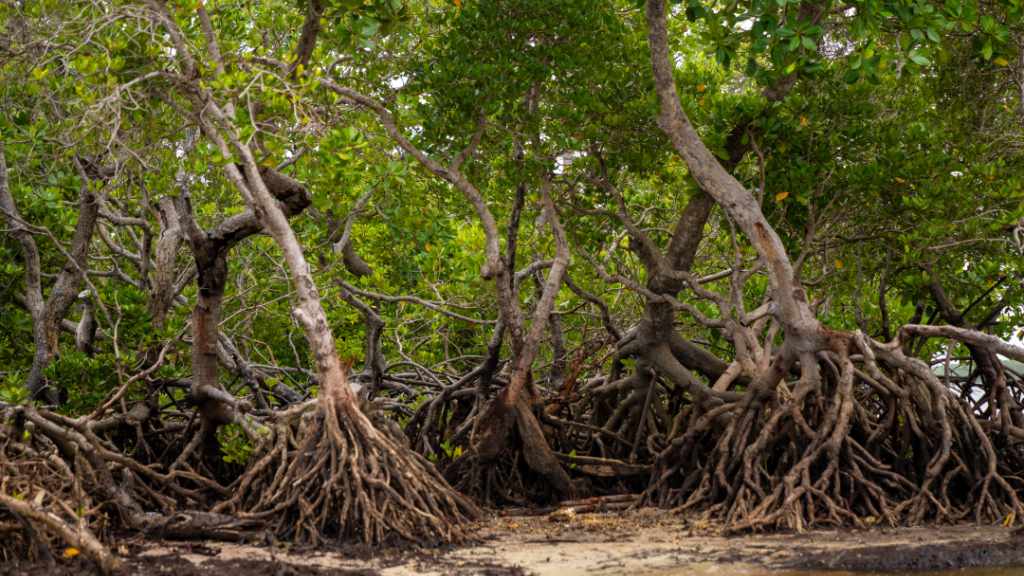
| Stat Label | Stat Value |
|---|---|
| Project Area | 154,000+ hectares |
| Communities Engaged | 13+ villages across the landscape |
| Trees Planted | 1,120+ hectares already under restoration |
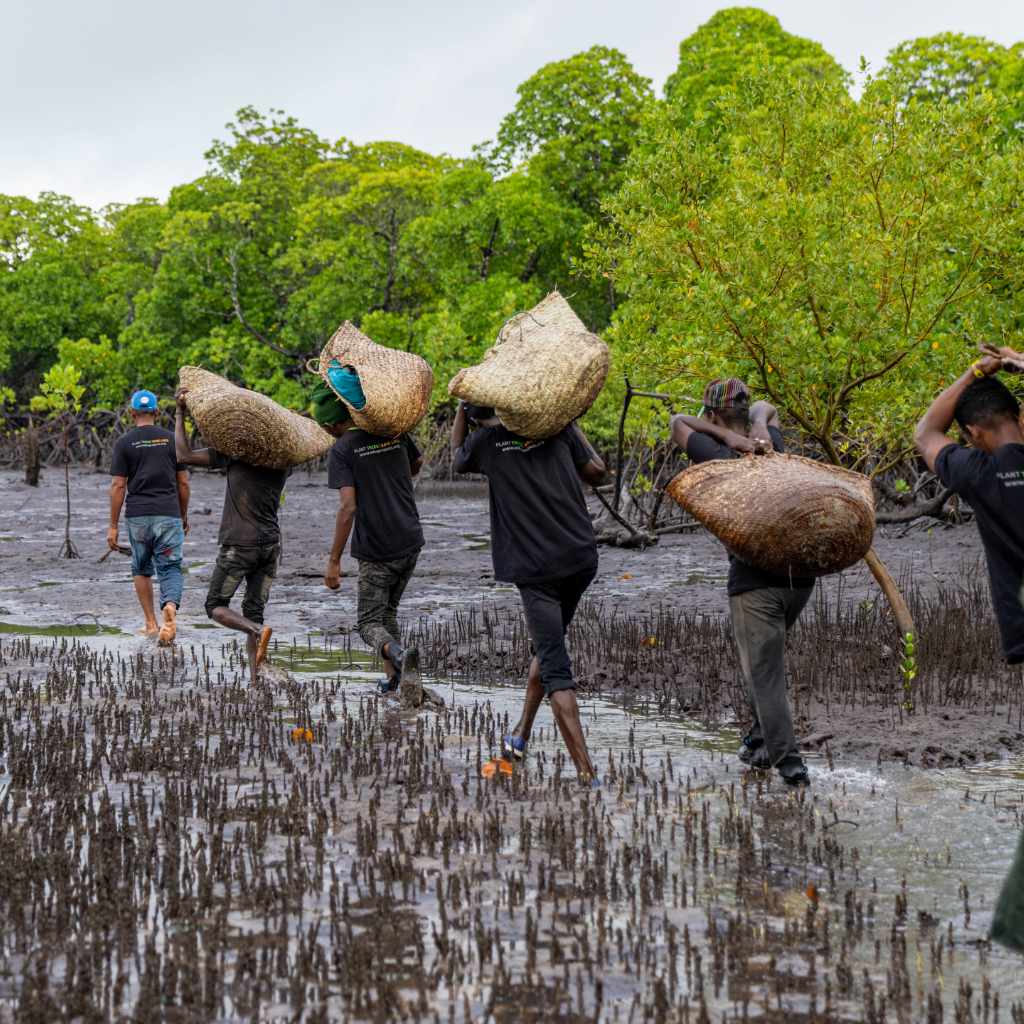
Community
The Lamu County Restoration Project (2020-2024) demonstrated successful engagement with communities who maintained 700+ year relationships with mangrove ecosystems. The project area encompassed 126,200+ people across 13+ villages, including communities connected to the UNESCO World Heritage Site of Lamu Old Town, where traditional practices like dhow boat construction remain culturally significant.
Through partnerships with Community Forest Associations (LAMACOFA, Mkunumbi, PANDAWE), the project developed effective approaches balancing conservation with community needs, particularly in areas where 70% of coastal household income derives from mangrove-dependent fishing. This experience established valuable frameworks for stakeholder engagement and benefit-sharing that inform Eden’s current carbon-eligible project development.
While implementation concluded in 2024, the project’s legacy includes proven methodologies for navigating complex land tenure systems and traditional resource rights – essential knowledge that strengthens Eden’s capacity to develop successful carbon projects in similar coastal landscapes.
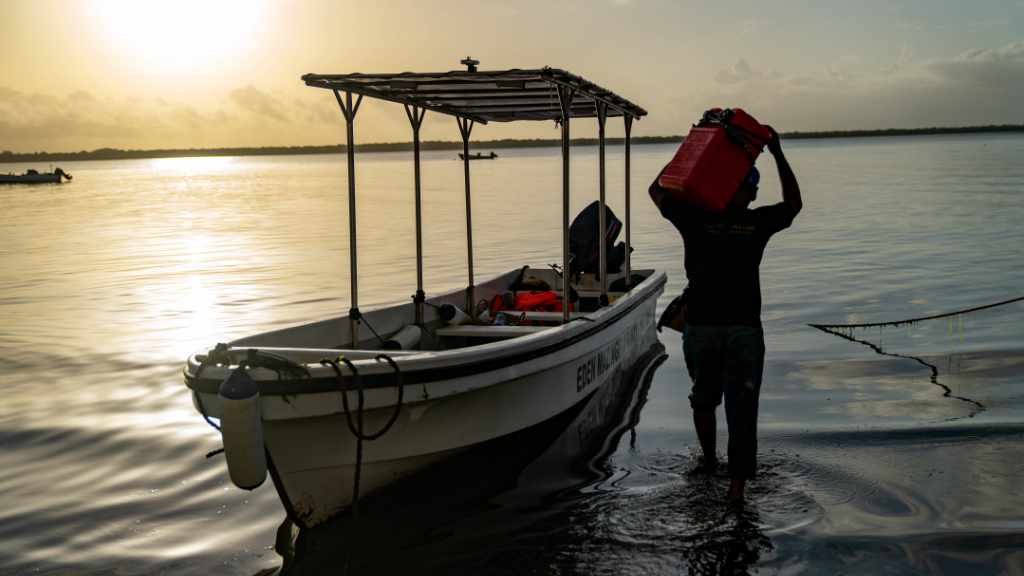
Technical Approach
During its active period (2020-2024), the Lamu County project demonstrated effective mangrove restoration approaches that inform Eden’s current carbon-eligible project development:
The project successfully implemented Assisted Natural Regeneration techniques, working with natural tidal processes and salinity gradients to restore 1,120+ hectares of degraded mangrove forest. Strategic enrichment planting protocols were developed and tested, achieving high survival rates through careful species-site matching and innovative planting methods including germination cages for Avicennia marina.
A notable achievement was establishing 3,100 hectares of mangrove buffer zones, providing valuable experience in addressing sea level rise impacts. The project also developed integrated landscape management approaches combining mangrove restoration with inland forest protection and sustainable livelihood development.
While implementation concluded in 2024, the proven methodologies – including carbon stock assessment protocols, biodiversity monitoring systems, and remote sensing integration with ground truthing – provide valuable foundations for Eden’s future carbon-eligible mangrove restoration initiatives where market conditions and funding opportunities align.

Progress and Impact
The Lamu County Restoration Project (2020-2024) demonstrated Eden’s capability to achieve significant landscape-scale impact, successfully restoring 1,120+ hectares of mangrove forest through partnerships with Kenya Forest Service and local Community Forest Associations. The initiative generated over 50,000 working days for community members and established 16.5 million mangrove trees.
While implementation concluded in 2024 as part of Eden’s strategic shift to carbon-eligible landscapes, the project’s accomplishments provide valuable foundations for future carbon initiatives. The innovative restoration techniques developed, including specialized propagation methods and strategic enrichment planting protocols, are particularly relevant for carbon project development.
The project’s comprehensive approach to mangrove restoration, spanning 154,000+ hectares and integrating both ecological and community considerations, offers proven methodologies that could be adapted for carbon-eligible mangrove projects when market conditions and funding opportunities align.


